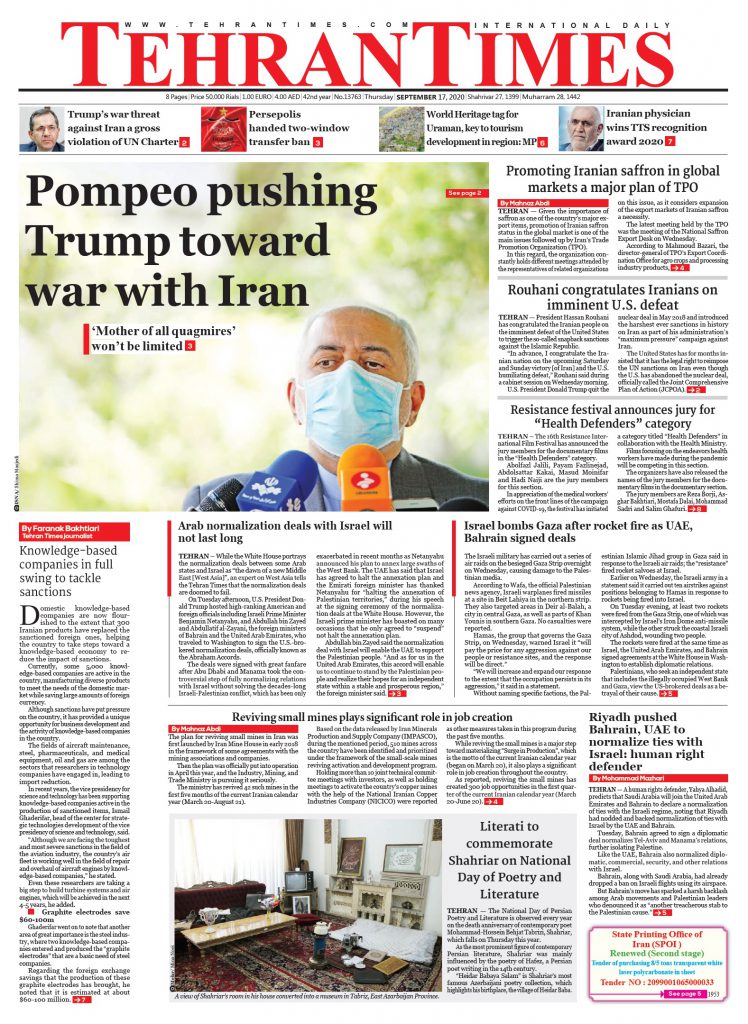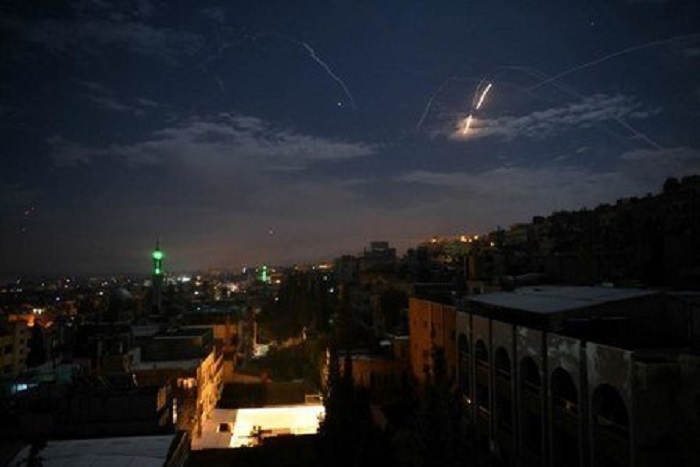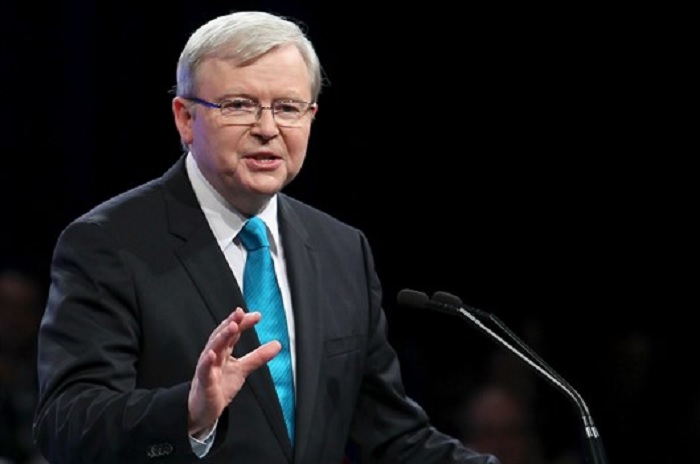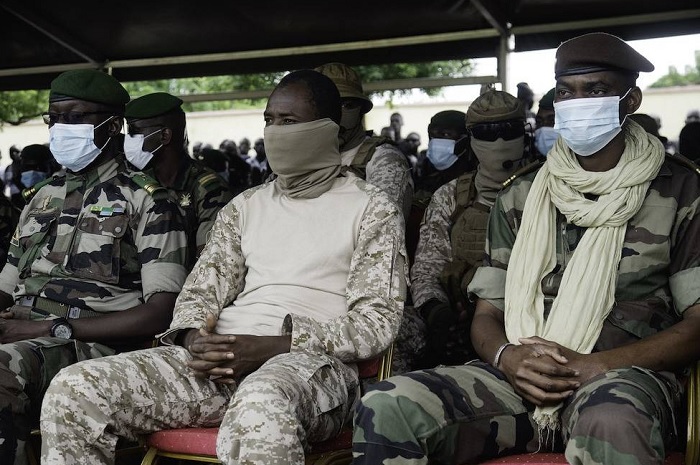The Anti-ISIS coalition
On 3 September, the Presidential Council (PC) of the Government of National Accord (GNA) announced that the GNA’s Minister of Interior (MoI), Fathi Bashaagha, had been re-instated in his role after being suspended the previous week. The announcement came after a five-hour hearing concerning the recent protests in the western region and the response and role of the security forces.
On 7 September, the GNA’s Operation Volcano of Rage (VoR) announced through its spokesperson, Mohammed Gununu, that it had taken down a helicopter belonging to the Libyan National Army (LNA) near the Sirte-Jufra frontlines. However, other reports suggest that the helicopter undertook an emergency landing south of Abu Grein.
On 2 September, Gununu accused LNA forces of violating a declared ceasefire for the second time in 3 days. Gununu said the LNA fired six grad rockets at the positions of the GNA armed forces west of Sirte. He added that the GNA armed forces were waiting for instructions from the supreme commander on how to respond.
On 4 September, the spokesperson for the Government of National Accord (GNA) Sirte-Jufra Operations Room, Abdelhadi Drah, denied reports that mercenaries from the Russian Private Military Contractor (PMC) Wagner Group had pulled out of Sirte and Jufra to Ras Lanuf that day. Drah added that the pro-Haftar Central Backup Force, positioned west of Sirte, had left to an unknown destination.
Western Response
On 6 September, delegations representing the eastern-based House of Representatives (HoR), the High Council of State (HCS), and three advisors from the eastern region began discussions under the auspices of the United Nations Support Mission in Libya (UNSMIL) and Moroccan Foreign Minister, Nasser Bourita, in the town of Bouznika in Morocco. Dialogue participants will explore ways toward a political solution to the Libyan crisis and the connected mechanisms to replace the heads of several of the current Libyan semi-sovereign institutions.
On 7 September, head of the Government of National Accord (GNA), Serraj was received by Turkish President Recep Tayyip Erdogan in Istanbul for a closed-door meeting. Serraj’s visit followed meetings between other senior Libyan officials and Turkish authorities regarding the GNA’s ceasefire announcement of 21 August.
On 2 September, the acting head of the UNSMIL, Stephanie Williams, said to the UN Security Council (UNSC) that foreign supporters in Libya were helping stockpile weapons in breach of an arms embargo as coronavirus ‘spirals out control’ in the country. Williams, citing a confidential report, told the Security Council that 70 resupply flights had landed in eastern Libya since 8 July, and 30 flights and nine cargo ships had carried material to western Libya to assist the GNA in Tripoli. The report attributed these and other violations of the embargo to the Russian Private Military Contractor (PMC) Wagner Group along with Turkey, the UAE, Jordan and Qatar, as well as Russia itself.
On 1 September, the High Representative for Foreign Affairs and Security Policy/Vice President of the European Union (EU), Joseph Borrel, met with head of the GNA, Serraj and head of the Turbruq-based House of Representatives (HoR) Saleh to help advance the dialogue process in the country. During the meeting, Borrel reiterated the EU’s support for an inclusive Libyan-led and Libyan-owned dialogue, and conveyed the EU’s ‘strong and unwavering commitment to preserving Libya’s territorial integrity, sovereignty and national unity.’
On 1 September, Italian Foreign Minister Luigi di Maio made an unannounced visit to Libya, where he met separately with Serraj and Saleh to discuss recent ceasefire initiatives. Serraj’s office issued a statement following the meeting that he and Di Maio had discussed ‘points of agreement’ with Saleh on implementing a permanent ceasefire and demilitarisation of Sirte and Jufra.
Isis in Action
No relevant developments.
Other Jihadi Actors
No relevant developments.









